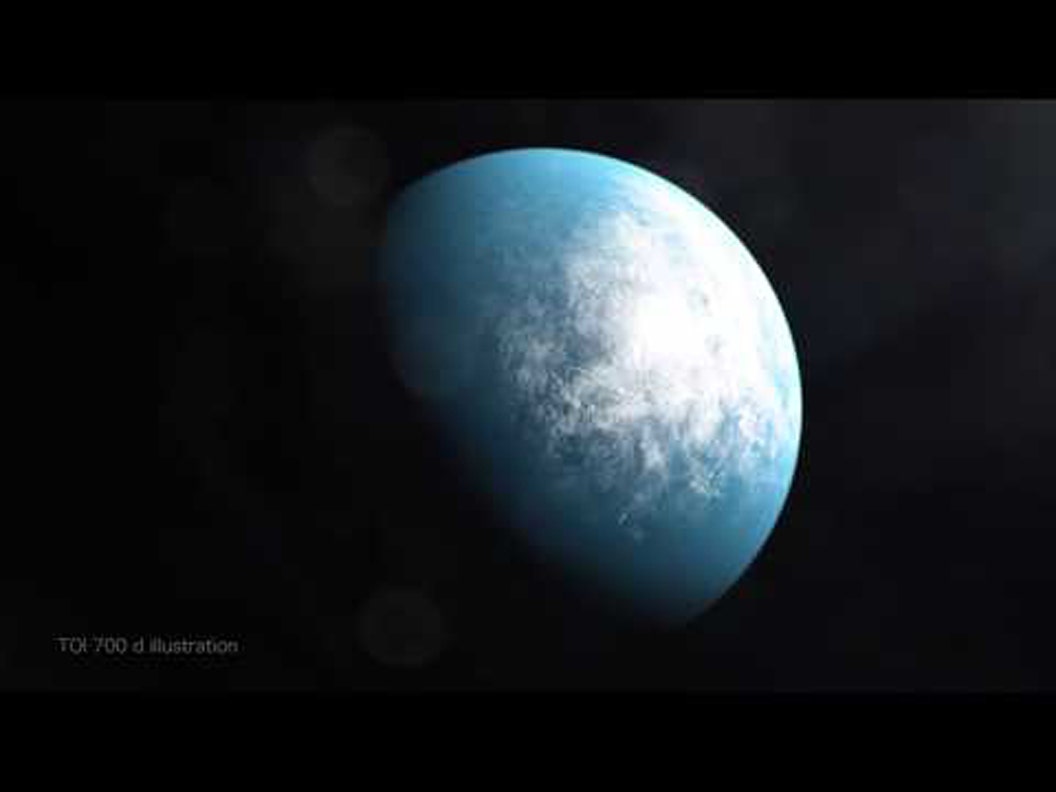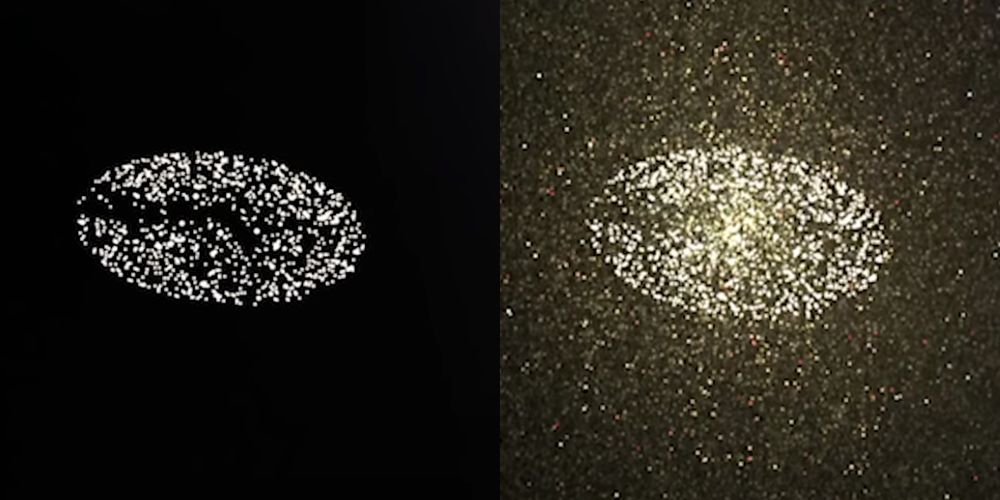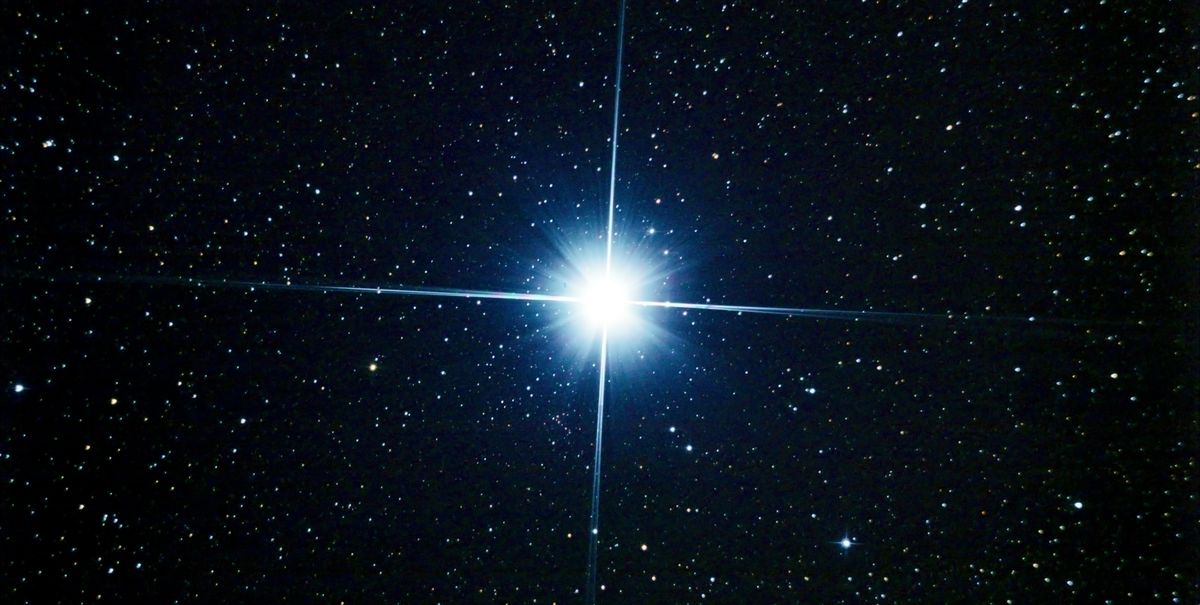
It will likely be a series of "stellar flyby interactions," in other words, that gradually pull them away into other solar systems or simply beyond the reach of our Sun's gravity well, concludes research published in The Astronomical Journal .
To clarify, the University of California, Los Angeles researchers behind the study don't suggest that new stars will sidle up to our solar system's gas giants and swoop them away. Rather, countless flybys over billions of years will gradually perturb the planets' orbits until they're completely detached from the solar system.
This may worth something:
Jupiter, Saturn will appear to look like a double planet on December 21 in rare celestial event -

Jupiter and Saturn will appear to look like a double planet just after sunset on Dec. 21, as the two planets will be in conjunction, also known as the "great conjunction," said Amy Oliver, a spokeswoman for the Harvard-Smithsonian Center for Astrophysics.
"Most adult people have never seen a conjunction like this and they won't have an opportunity to see this again," Oliver said in a telephone interview Wednesday.
Although this conjunction happens once every 20 years, this one is even more rare: the two planets will appear to be on top of one another because they will be .1 degrees — approximately one-fifth of the moon's diameter — away from one another, Oliver said.
Can ET see us? Some planets beyond solar system can view Earth, researchers find | Fox News

The research, published in the scientific journal Monthly Notices of the Royal Astronomical Society , has identified 1,004 stars that are similar to our sun that may have Earth-like planets in their orbit. These star systems have a "direct line of sight to observe Earth’s biological qualities from far, far away," according to a statement accompanying the research.
“Let’s reverse the viewpoint to that of other stars and ask from which vantage point other observers could find Earth as a transiting planet,” Lisa Kaltenegger, associate professor of astronomy and director of the Carl Sagan Institute at Cornell University, said in the statement.
Can Aliens See Us From Other Planets? - These Stars Can See Earth

“Only a very small fraction of exoplanets will just happen to be randomly aligned with our line of sight so we can see them transit,” Lehigh astrophysicist Joshua Pepper said in the statement. “But all of the thousand stars we identified in our paper in the solar neighborhood could see our Earth transit the sun, calling their attention.”
With over 1,000 positive reviews on Amazon and a 4.6/5 rating, it's not hard to see why Gskyer's telescope is the retailer's bestseller. This option features a 70mm aperture and fully coated optimal lenses to offer a crisp, clear view of the night's sky. Tech savvy stargazers will appreciate the smart phone adapter and wireless camera remote, making it possible to view constellations from your screen.
This may worth something:
Penn State Supercomputer Helps Astronomers Unravel Planetary Mysteries

UNIVERSITY PARK, Pa., Dec. 1, 2020 — Data from the Kepler space telescope, launched more than a decade ago, is still helping astronomers who study planets outside of our own solar system — exoplanets — and unravel the mysteries of planetary systems. Initially, astronomers were surprised that Kepler found so many exoplanets, including hundreds of planetary systems with multiple planets orbiting close to their host star.
In a recent study published in The Astronomical Journal , the team of astronomers built a model for the population of planetary systems that could explain both of these surprises. The new study combines the physics of planetary orbits and a statistical model to make predictions that could help guide astronomers as they search for additional exoplanets.
Astronomy: What planets are visible at night this December? | Science | News | Express.co.uk

On December 21, the gas giant will appear to meet in the celestial dome, coming closer than they have in centuries.
Conjunctions like theis only happen once every 20 years or so, so this is one event you will not want to miss.
According to EarthSky astronomers Deborah Byrd and Bruce McClure the last Jupiter-Saturn great conjunction fell on May 28, 2000.
* * *
The astronomers said: "Watch for these worlds to edge closer and closer together throughout the first three weeks of December 2020."
Astronomers Develop Model for the Distribution of Inner Planetary Systems

The artist concept depicts multiple-transiting planet systems, which are stars with more than one planet. The planets eclipse or transit their host star from the vantage point of the observer. This angle is called edge-on.
Newswise — UNIVERSITY PARK, Pa. — Data from the Kepler space telescope, launched more than a decade ago, is still helping astronomers who study planets outside of our own solar system — exoplanets — and unravel the mysteries of planetary systems. Initially, astronomers were surprised that Kepler found so many exoplanets, including hundreds of planetary systems with multiple planets orbiting close to their host star.
Jupiter and Saturn Double Planet: How to See It on December 21
With over 1,000 positive reviews on Amazon and a 4.6/5 rating, it's not hard to see why Gskyer's telescope is the retailer's bestseller. This option features a 70mm aperture and fully coated optimal lenses to offer a crisp, clear view of the night's sky. Tech savvy stargazers will appreciate the smart phone adapter and wireless camera remote, making it possible to view constellations from your screen.
Beginner stargazers will find a lot to love about Celestron's Travel Scope Telescope. Using Celestron's telescope is easy: All you need to do is point the tube in the direction of the desired object and take a gander. With two high-quality eyepieces (20mm and 10mm) that provide low- and high-power views of celestial objects, you'll be able to satisfy your stargazing wishes with ease.
Happening on Twitter
"The problem with socialism is that you eventually run out of other people's money." - Margaret Thatcher prageru (from Los Angeles) Tue Dec 01 21:07:00 +0000 2020
The truth comes out eventually #ChinaLiedPeopleDied trended earlier this year, and now there is evidence to proof… https://t.co/MflI1RkRe5 Stand_with_HK (from Hong Kong ) Tue Dec 01 08:17:00 +0000 2020
"The trouble with Socialism is that eventually you run out of other people's money." Margaret Thatcher jjauthor (from Nevada, USA) Wed Dec 02 01:17:53 +0000 2020

No comments:
Post a Comment